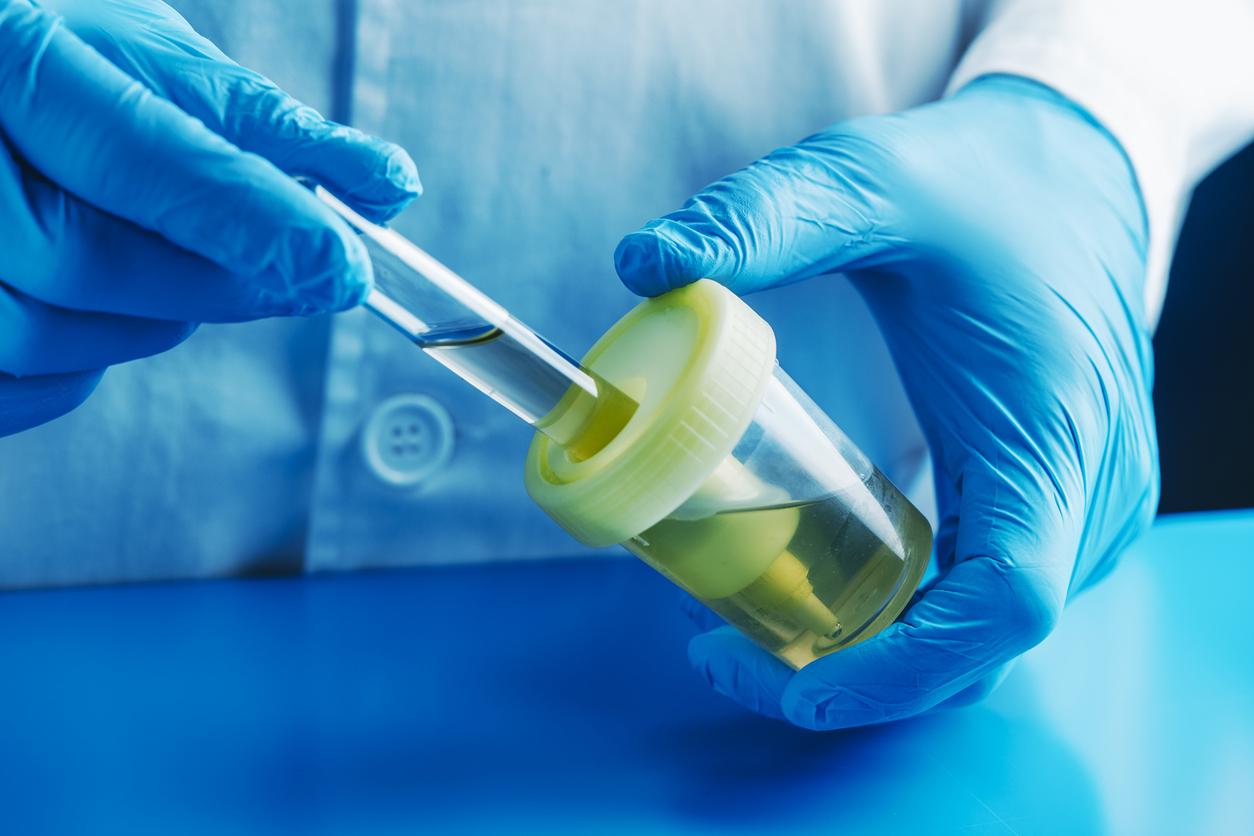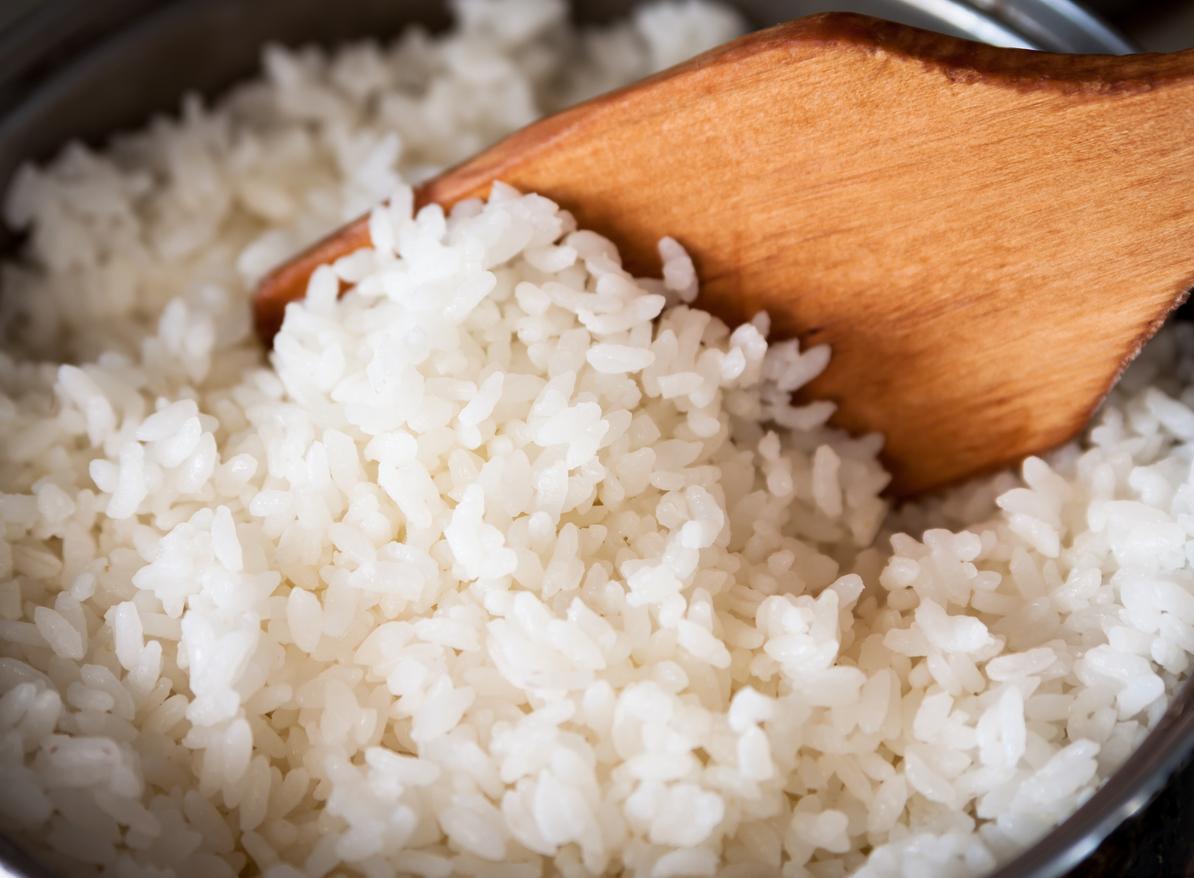In this kitchen appliance, Spanish scientists have identified radiation-resistant bacteria, which are similar to those found in solar panels.

- Spanish researchers have discovered proteobacteria (Firmicutes, Actinobacteria and Bacteroidetes) similar to the bacterial composition of human skin in microwaves.
- The bacterial composition of microwaves in homes was similar to that of kitchen surfaces.
- In contrast, laboratory baking ovens had a greater abundance of taxa known for their ability to withstand radiation, high temperatures, and desiccation.
Plate of pasta, bowl of milk, frozen meal… To heat up these different foods, we use a microwave. This household appliance has become an essential element of the modern kitchen. However, its “potential as a reservoir for bacterial colonization and the microbial composition inside these very fast cooking ovens remain largely unexplored”, according to researchers from the University of Valencia-CSIC (Spain). This is why they decided to carry out a study in which they analyzed the bacterial communities in 10 domestic microwaves, 10 cooking ovens used in large shared spaces and 10 laboratory devices.
Proteobacteria found on human skin detected in microwaves
To carry out the work, published in the journal Frontiers in Microbiologythe team took samples from inside the microwaves by swabbing a sterile swab moistened with saline solution. “Samples were immediately used for strain isolation and stored at −20 °C until genomic DNA extraction.” Then, they isolated the different microorganisms detected. According to the results, the bacterial population of the cooking ovens was dominated by Proteobacteria, Firmicutes, Actinobacteria and Bacteroidetes, similar to the bacterial composition of human skin.
Pathogens similar to those found on kitchen surfaces and in solar panels
After comparing microwave diversity with other environments, the authors noted that the bacterial composition of domestic microwaves, enriched in food-associated genera reflecting primary culinary use, was similar to that of kitchen surfaces, while laboratory cooking ovens had a higher abundance of taxa known for their ability to withstand radiation, high temperatures, and desiccation (i.e., natural or artificial removal of moisture). “It is interesting to note that many pathogens significantly more present in laboratory microwaves (such as Deinococcus, Hymenobacter, Sphingomonas, Ralstonia or Micrococcus) are generally identified in solar panels”we can read in the research.
In the conclusions, the team noted that due to the presence of radiation-resistant bacteria in microwaves, it is important to regularly clean the interior of these appliances to mitigate potential health risks.

















